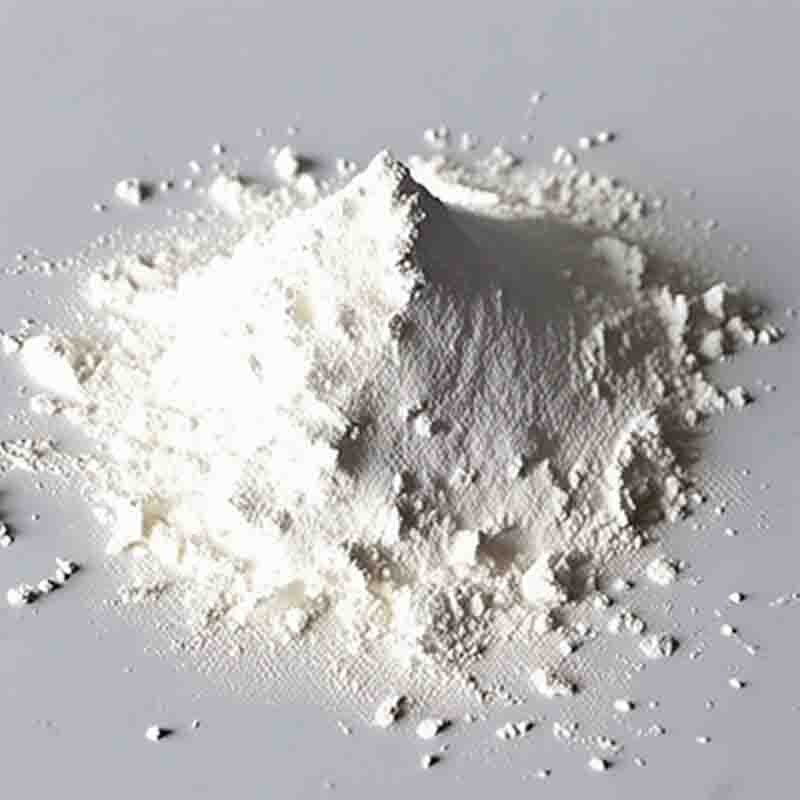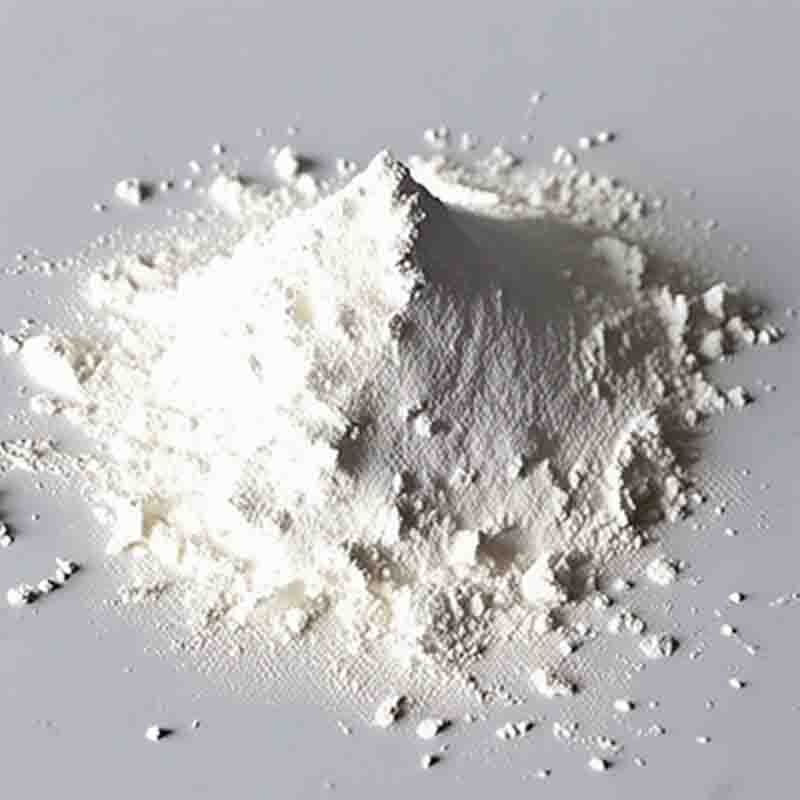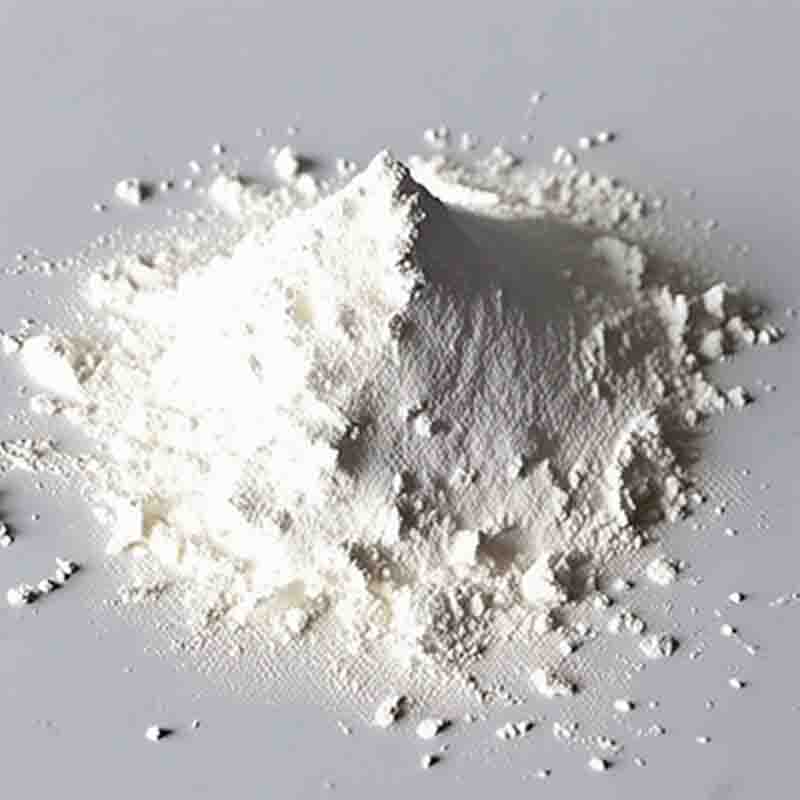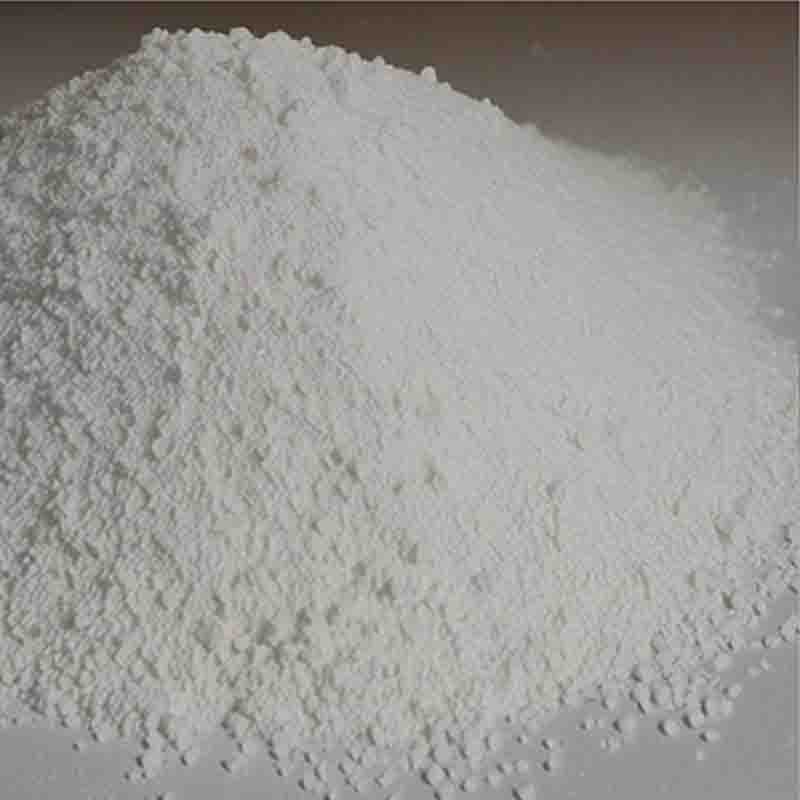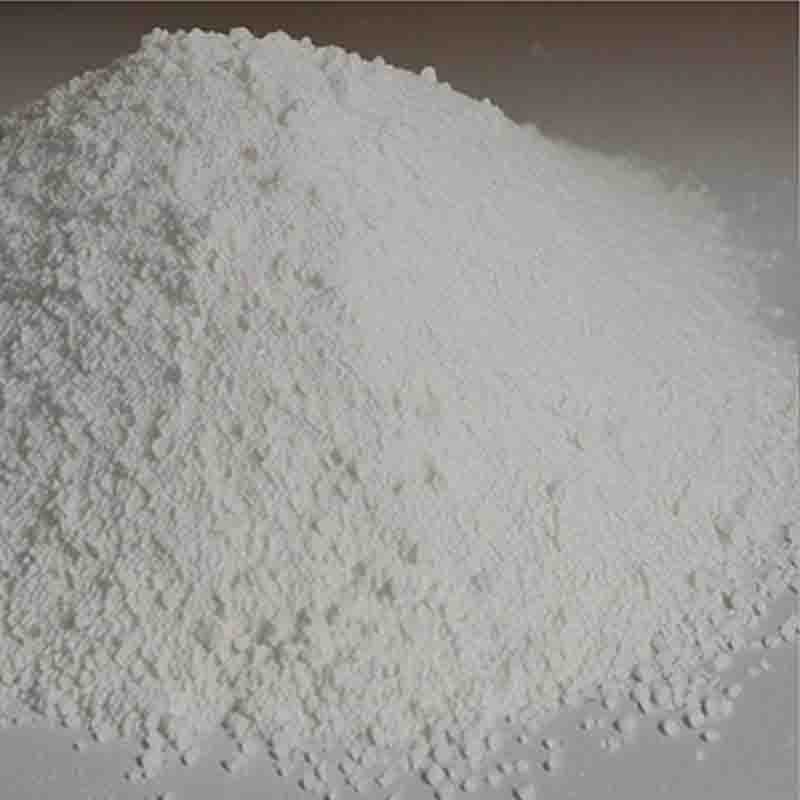2-Anilino-6-(dibutylamino)-3-methylfluoran CAS:89331-94-2
| Catalog Number | XD94573 |
| Product Name | 2-Anilino-6-(dibutylamino)-3-methylfluoran |
| CAS | 89331-94-2 |
| Molecular Formula | C35H36N2O3 |
| Molecular Weight | 532.67 |
| Storage Details | Ambient |
Product Specification
| Appearance | White powder |
| Assay | 99% min |
2-Anilino-6-(dibutylamino)-3-methylfluoran is a compound that falls into the category of dyes and fluorescent materials. It is commonly used as a fluorescent probe in biochemical and biological experiments.One of the key effects of 2-Anilino-6-(dibutylamino)-3-methylfluoran is its ability to absorb light at a specific wavelength and emit light at a different wavelength. This property makes it useful in fluorescence microscopy and flow cytometry, where it is employed to visualize and quantify cellular components and structures. By labeling specific molecules or structures with this dye, researchers can track their movement and distribution within cells or tissues, providing valuable insights into cellular processes and functions.In addition to its role in fluorescence-based techniques, 2-Anilino-6-(dibutylamino)-3-methylfluoran has been utilized in the field of photodynamic therapy (PDT). PDT is a treatment modality that involves the activation of a photosensitive compound using light of a specific wavelength, resulting in the production of highly reactive oxygen species that can selectively destroy target cells. The compound can be incorporated into photosensitizing agents for PDT, thereby enhancing their phototoxic effects on cancer cells or other diseased tissues.Furthermore, 2-Anilino-6-(dibutylamino)-3-methylfluoran has been investigated for its potential as a colorimetric pH indicator. Due to its structure, it undergoes a color change in response to changes in the pH of the surrounding environment. This property is often utilized in analytical chemistry and biochemistry, where it can be used to determine the acidity or alkalinity of a solution based on the observed color change.Another potential application of this compound is in fluorescent sensors for the detection of metal ions. By modifying the structure of 2-Anilino-6-(dibutylamino)-3-methylfluoran, it is possible to create fluorescent probes that selectively bind to specific metal ions, such as calcium or magnesium. This fluorescence-based detection method can be used to monitor metal ion concentrations in biological samples or environmental monitoring.Overall, 2-Anilino-6-(dibutylamino)-3-methylfluoran is a versatile compound with various applications. Its fluorescence properties make it useful in fluorescence microscopy, flow cytometry, and photodynamic therapy. Additionally, its ability to act as a pH indicator and metal ion sensor expands its potential applications in analytical chemistry and biochemistry. Further research and development of this compound could lead to the creation of improved fluorescent probes, sensors, and therapeutic approaches in the future.


